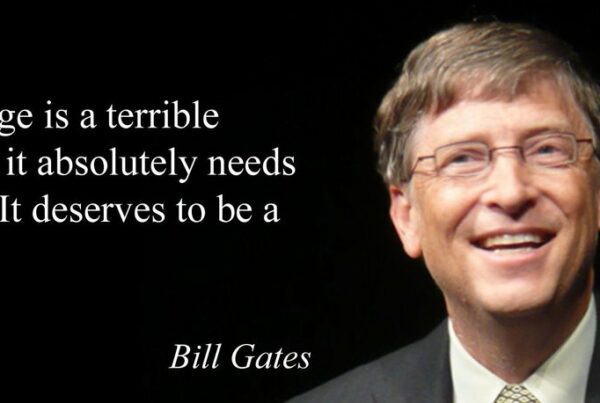How can talent and internal mobility create a more agile workforce?
Many workers often take time to reflect on their careers and that makes it difficult to maintain talent in the workplace. Talent, intermobility (both vertical and lateral), align with your business strategy, use it to plug your skills gaps and fill leadership roles, consider wider talent pools, combine your internal mobility with Total Talent, understand skills for each worker and your organization, set your skills framework, and creating a positive talent cycle are all pieces to help grow and develop an agile workforce that will remain competitive in your company.
Talent is one of the most valuable assets for your business, recognizing and nurturing the best will help lay strong foundations for the future. It’s important to have someone that can adapt to pressures, market demand, and be able to respond quickly, which is where workforce agility comes in. If you build a place where people are placed into new roles and opportunities based on their skills and ambitions, you will see a more agile workforce. This helps with building more knowledge and gaining experience that can help upskill their colleagues.
Internal mobility is not only vertical but also lateral, this involves moving workers within an organization. Say a worker were to get a promotion, they are moving vertically in the company. A lateral move can help challenge a worker and put them in a different business area and role, helping them to develop new and existing skills. Making either a lateral or vertical move allows for more flexibility in the employee’s career journey that helps adapt as worker’s skills and aspirations change, providing more value to your organization as well.
Your internal mobility program can help align with your business strategy by being able to turn to in-house workers that have the skills or interest in learning on-the-job rather than turning to external recruitments. This allows you to have people that already know your business and see the bigger picture rather than hiring outside of your business.
How can you use internal mobility to plug your skills gaps and fill leadership roles? When looking at filling internal roles through an internal mobility strategy, you should always prioritize senior and business-critical roles. If someone that has been with your company and understands the processes and culture, it makes it that much easier for everyone involved. This also allows for junior-level roles to be used as a recruitment tool to help attract more people to your workforce.
When you have an effective internal mobility strategy, it allows you the ability to be able to offer a new career challenge to a worker when they are ready for it. This also means that you can go beyond your permanent workforce and include your external talent, aka your Total Talent. When combining your Total Talent and internal mobility, this allows you to be able to shift your workforce to expand and downscale as needed, to retain workers and give them autonomy over their career journeys.
Combining your internal mobility with Total Talent gives you the best streamlined, skilled workforce that readily available and qualified for whatever task is at hand or thrown their way. This is because the alignment between all talent pools and initiatives work together.
It is crucial to understand the skills of each worker and your organization to help your company stay relevant. Understanding the skills for the individuals will help you better understand where they fit into your organization, what they aspire to, and allows you to empower them with relevant opportunities. Along with understanding workers’ skills, you must understand what your organization will need for the future to better help meet your business goals.
Being able to set your skills frameworks helps when knowing where to place individuals into each department based on their skills. You have to be able to find a clear definition and consensus for each skill and make sure each worker and manager is on the same page. This often helps set a guide for future skill requirements when looking for new workers.
Creating a positive talent cycle is crucial for the success of the workers. This gives workers access to do the work they want but is based on their needs and ambitions, which ultimately highlights their value. When a worker feels valued, they are more likely to stay longer, but if they are ready to move into a new internal opportunity, they have the ability to work on improving or learning certain skills to help their career grow.
Ultimately, the internal mobility strategy along with Total Talent is going to help organizations maintain a mobilized and agile workforce that will stay competitive. Rather than workers leaving, they are going to stay within your organization to grow and develop in tandem with their employers. Reference Link











